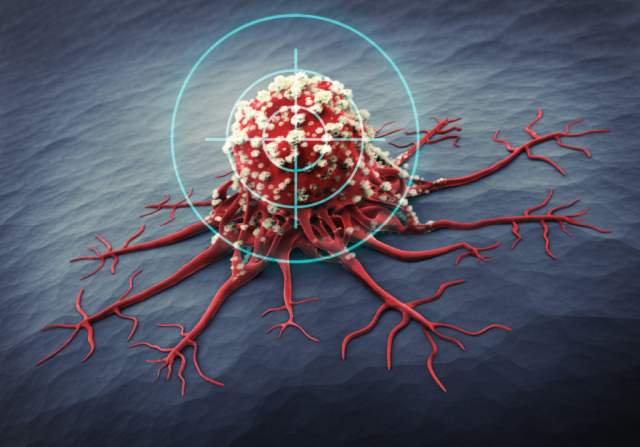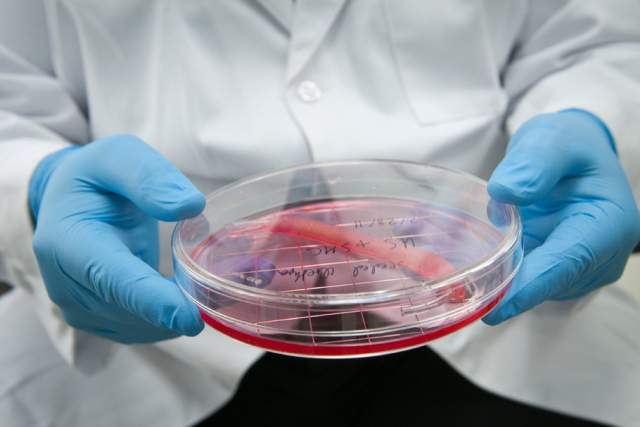The world of medicine is buzzing and at the heart of all this excitement is stem cell research. We’re not just talking about potential anymore; we’re actually seeing real-world applications, therapies that are changing lives today. Have you ever wondered about the power of our own cells to heal us? I’ve been following the advancements of stem cell research for over a decade, and, to be honest, it’s mind-blowing. So, buckle up, because we’re about to dive into five mind-blowing advances in stem cell research that are making 2025 a landmark year.

1. The Heart Healer: Revolutionizing Cardiac Care
For years, heart disease has been a formidable foe. But what if we could repair damaged heart tissue from within? Well, 2025 brings us closer than ever to that reality. The latest stem cell therapy for heart disease focuses on using induced pluripotent stem cells (iPSCs).

Think of iPSCs as the ultimate cellular chameleons. Basically, scientists can take a small sample of your own cells (like skin or blood) and reprogram them back into a pluripotent state – meaning they can become any cell type in the body. In the context of heart disease, this means generating healthy heart muscle cells (cellular regeneration) to replace the damaged ones.
Here is how it’s gonna work:
- Doctors extract a patient’s blood or skin sample.
- The cells get reprogrammed into iPSCs in the lab.
- iPSCs are guided to become heart muscle cells.
- Healthy heart cells are transplanted, promoting repair.
The patient outcomes from new stem cell therapies are incredibly promising. I mean, early clinical trials show significant improvements in heart function and reduced scar tissue. Imagine a future where a heart attack doesn’t mean a lifetime of limitations, but a chance to truly heal. It’s a game-changer, offering a level of cellular therapy we’ve only dreamed of before.
2. Cancer’s New Nemesis: Targeted Cellular Therapies
Cancer treatment has always been a battle against a rapidly evolving enemy. But stem cells and cancer treatment advancements are giving us a powerful new weapon: precision. You know, we’re moving beyond broad-stroke chemotherapy and radiation towards therapies that target cancer cells with laser-like accuracy.

One of the recent stem cell research discoveries involves engineering mesenchymal stem cells (MSCs) to act as delivery vehicles. MSCs naturally migrate towards tumors. So, researchers are now modifying these cells to carry cancer-fighting agents directly to the tumor site, minimizing damage to healthy tissue.
Have you considered the implications? Less side effects, more effective treatment, and potentially, a higher chance of remission. I mean, that’s the direction the current trends in stem cell research are moving towards.
3. Restoring Sight: A Vision of the Future
Vision loss, whether from macular degeneration or other conditions, can be devastating. But 2025 breakthrough therapies using stem cells are offering a new ray of hope. Basically, scientists are now able to grow retinal pigment epithelial (RPE) cells from stem cells. These RPE cells are crucial for supporting the photoreceptor cells in our eyes that allow us to see.

In clinical trials, patients with severe vision loss are experiencing remarkable improvements after receiving transplants of these lab-grown RPE cells. We are not just talking about restoring some vision; it’s about restoring independence, you know, the ability to see loved ones’ faces, to navigate the world with confidence. How would you describe the value of having a healthy eyesight? It’s priceless, right?
4. The Brain Booster: Combating Neurological Diseases
Neurological diseases like Alzheimer’s and Parkinson’s have long been considered incurable. But new stem cell treatments for chronic diseases are challenging that notion. The focus here is on neuroprotection and neuroregeneration – using stem cells to protect existing neurons and even stimulate the growth of new ones. Actually, this is one of the most hopeful latest advancements in stem cell research.

The strategy isn’t just about replacing lost neurons. I mean, by creating a healthier stem cell niche – the microenvironment that supports stem cell function – researchers are finding ways to slow down disease progression and, in some cases, even reverse some of the damage.
5. Tissue Engineering: Building Organs from Scratch
The waiting list for organ transplants is heartbreakingly long. But, what if we could grow new organs? Well, tissue engineering is no longer science fiction; it’s becoming a reality. Innovations in stem cell regeneration are pushing the boundaries of what’s possible.

Scientists are using a combination of stem cells, biocompatible scaffolds (think of them as tiny, intricate frameworks), and growth factors to create functional tissues and even entire organs in the lab. Livers, kidneys, even lungs – the potential is staggering. So, this could eliminate the need for organ donors, kind of revolutionizing transplant medicine and saving countless lives, right? Biomedical research is truly entering a new era.
The Ethical Landscape and the Future
Of course, with such groundbreaking advancements come important ethical considerations. Ethical implications of stem cell research are a constant topic of discussion, focusing on issues like the source of stem cells, the potential for misuse, and ensuring equitable access to these therapies. It’s a conversation that we, as a society, must continue to have.
The impact of stem cell technology on healthcare is undeniable. We’re witnessing a paradigm shift, moving from managing diseases to actively restoring health. Stem cell research technology development is accelerating at an unprecedented pace, fueled by both scientific breakthroughs and significant stem cell research fundings and investments.

So, this guide to stem cell research applications truly only scratches the surface. As stem cell research continues to evolve, and how stem cells are revolutionizing medicine becomes clearer, we can expect even more incredible advancements in the years to come. I mean, the future of medicine is being written now, one cell at a time. Anyway, I hope this blog post gave you brief overview of where stem cell research is in 2025 and we will continue to give you more updates in the future.
